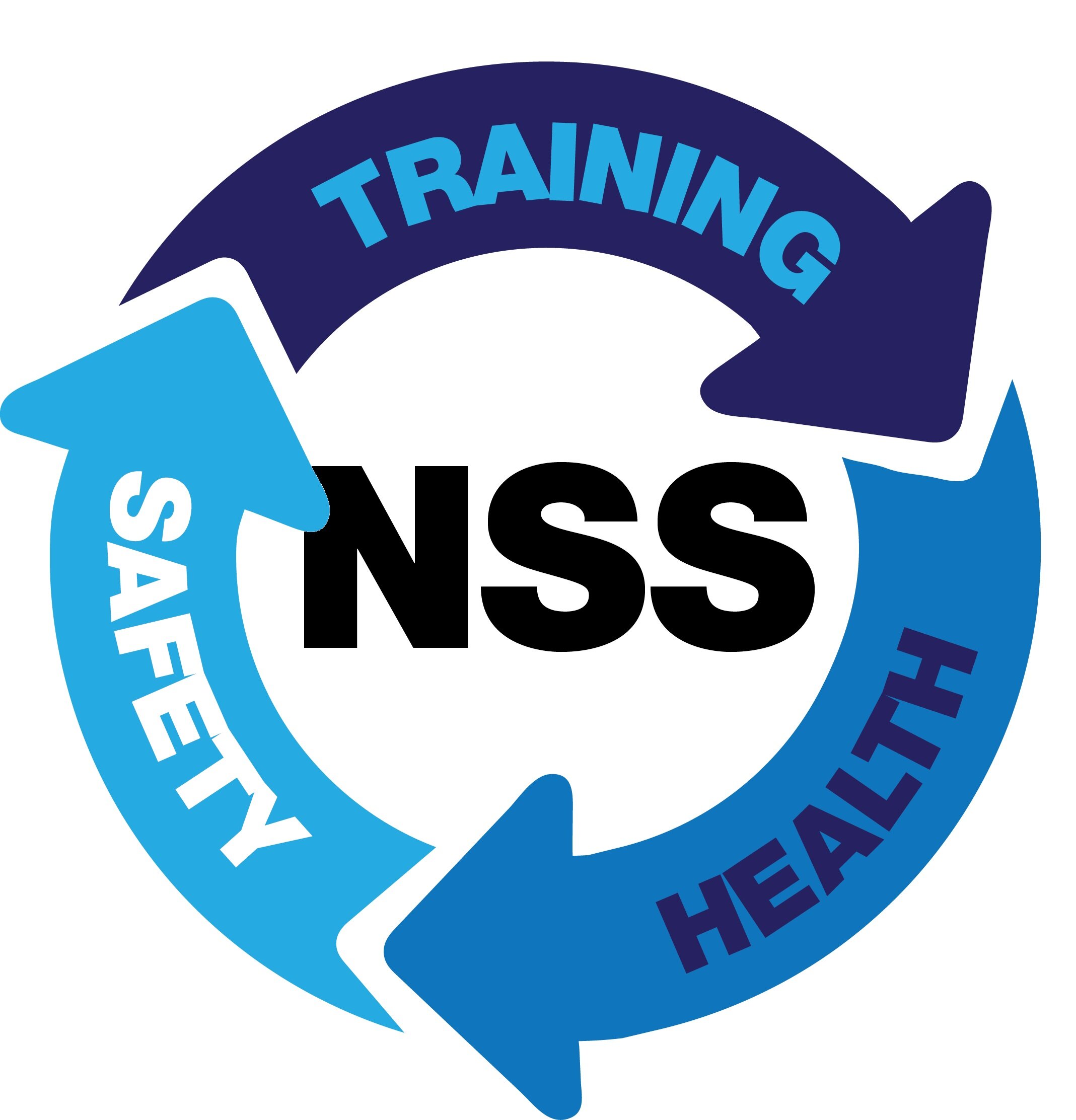What is the Difference Between Friable and Non-Friable Asbestos?
This is a question that we regularly get asked when people book their asbestos training. There is a big, yet simple difference between the two different materials.
Asbestos-containing materials fall into two categories: Friable and Non-Friable.
Friable Asbestos:
Friable asbestos products have been used largely in commercial and industrial areas since the 1800’s. It’s main purpose was for fireproofing, soundproofing and insulation.
This material is a soft looking substance and when dry, can fall away into powder. When disturbed, this material can release a large amount of toxic asbestos into the air, creating health risks for anyone in the perimeter.
Examples of Friable Asbestos include:
Building insulation
Pipe insulation
Fire retardant material on steel work
Vinyl underlay
Non-Friable Asbestos:
Non-Friable, also known as bonded asbestos, refers to when asbestos is firmly bound in with the material - such as cement. These products are solid and cannot be crumbled like friable asbestos. Due to it being so tightly bound, the material is very unlikely to release asbestos fibres into the air.
They are considered a low risk for people in contact with them, as long as appropriate safety precautions are used. However, when these materials are damaged, they can become friable.
Examples of bonded asbestos-containing materials include:
asbestos cement products (flat and corrugated sheeting used in walls, ceilings and roofs, moulded items such as downpipes)
Bitumen based waterproofing
vinyl floor tiles (however removal of the glue can be classed as friable.
So basically, to break it all down, Friable Asbestos is where the raw material is used as insulation. It is easy to crush, allowing it to break into the air as a toxic particle.
Non-Friable or Bonded Asbestos on the other hand is mixed with other materials making it a tough substance. It is less likely to break and give off dust. However, it still can be harmful when disturbed.

